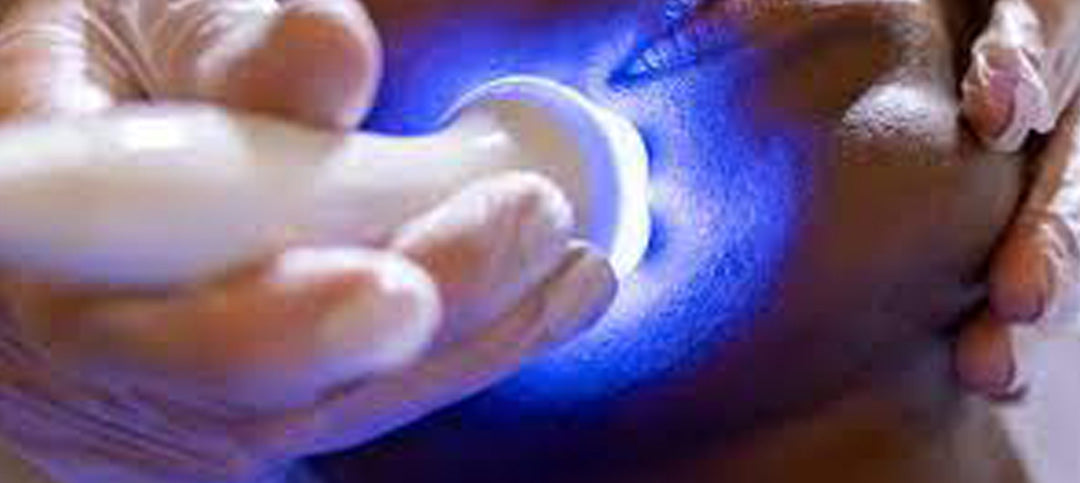
Laser Resurfacing for Better Skin
If you're looking to achieve that coveted celebrity-worthy glow, then laser skin resurfacing may just be the answer you've been searching for. From reducing the appearance of fine lines and wrinkles to improving uneven skin tone and tackling acne scars, this treatment promises dramatic results. But before you book an appointment, it's important to keep in mind that laser skin resurfacing isn't a one-size-fits-all solution.
At Reine Africaine, we understand that women of colour have unique concerns when it comes to laser resurfacing, and that's why we're dedicated to providing you with all the information you need to make an informed decision. We'll walk you through the benefits and potential side effects of the treatment, so you can decide if it's the right choice for you.
In this post:
- What Is Laser Resurfacing?
- Types
- Benefits
- Potential Side Effects
What Is Laser Resurfacing?
Have you ever heard of laser resurfacing but not quite sure what it is? A laser is a device that generates a concentrated beam of light energy. It's used in a variety of medical and cosmetic procedures, including skin resurfacing. The word laser stands for Light Amplification by Stimulated Emission of Radiation. But, what does that mean for your skin?
In terms of skin resurfacing, lasers work by using light and heat energy to cause controlled damage to the surface of the skin. This stimulates the growth of collagen — a protein that improves skin texture and firmness. The body then heals the tissue by creating new skin, resulting in a smoother, clearer, and more even complexion.
Types of Laser Resurfacing
- Ablative Laser Resurfacing
This type of laser resurfacing uses CO2 or Erbium lasers to remove the top layer of skin, (epidermis) and a portion of the second layer of skin (dermis) by heating water within the skin. It is more effective for treating deeper wrinkles, acne scars, and other severe skin imperfections. It requires a recovery time of typically one week, and it's important to use sunscreen during this period. This type of laser resurfacing is suitable for white skin. The final results of the treatment can be seen in about six months, but some stubborn skin conditions may require multiple treatments to achieve the best results.
- Non-Ablative Laser Resurfacing
This type of laser resurfacing is a less aggressive approach that stimulates collagen growth in the skin. Unlike ablative lasers, it targets the deeper layers of skin, making it a gentler option. It uses Nd:YAG or fractional lasers, which target the deeper layers of skin without removing the top layer. It is best suited for fine lines, mild to moderate wrinkles, uneven skin tone, and other superficial skin issues. It requires little recovery time, and it is more suitable for people of colour as it poses a low risk of hyper- or hypopigmentation. Types of nonablative lasers include Pulsed-Dye, Erbium (Er:YAG), and Intense Pulsed Light (IPL) therapy. However, it is important to know that the results of nonablative laser resurfacing are milder and may require multiple sessions over a longer period for optimal results.
Benefits
Laser skin resurfacing is a popular cosmetic procedure that offers a wide range of benefits for the skin and they include;
- Improved skin texture and tone
- Reduced acne scar
- Reduced pigmentation
- Reduced pore size
- Stimulation of collagen production
- Improved overall skin health
Potential Side Effects
Potential side effects of laser resurfacing include redness and swelling of the treated area, which is a normal and expected response. The skin may also develop crusting and scabbing, which is a sign that the skin is healing. This usually subsides within a few days. Other potential side effects include infection, hyperpigmentation or discoloration, and scarring. In rare cases, the laser may cause an allergic reaction or burn the skin.
It is important to follow the aftercare instructions provided by your dermatologist or esthetician to reduce the risk of side effects and ensure the best possible results. It is also important to have realistic expectations and understand that laser resurfacing is not a one-time treatment and multiple sessions may be required to achieve desired results.
